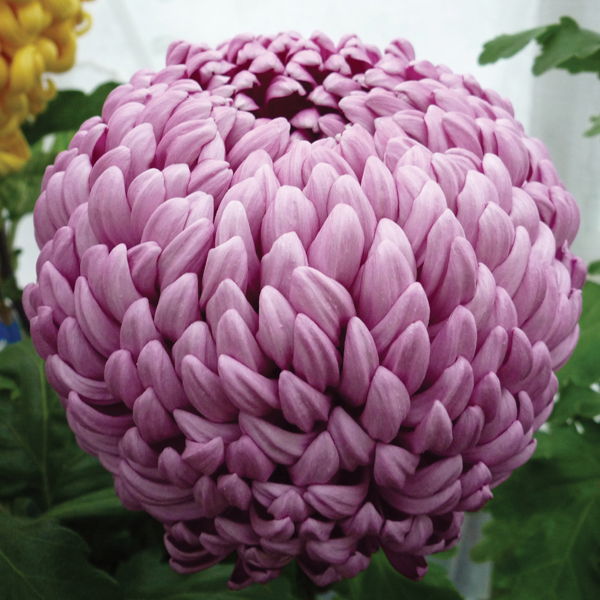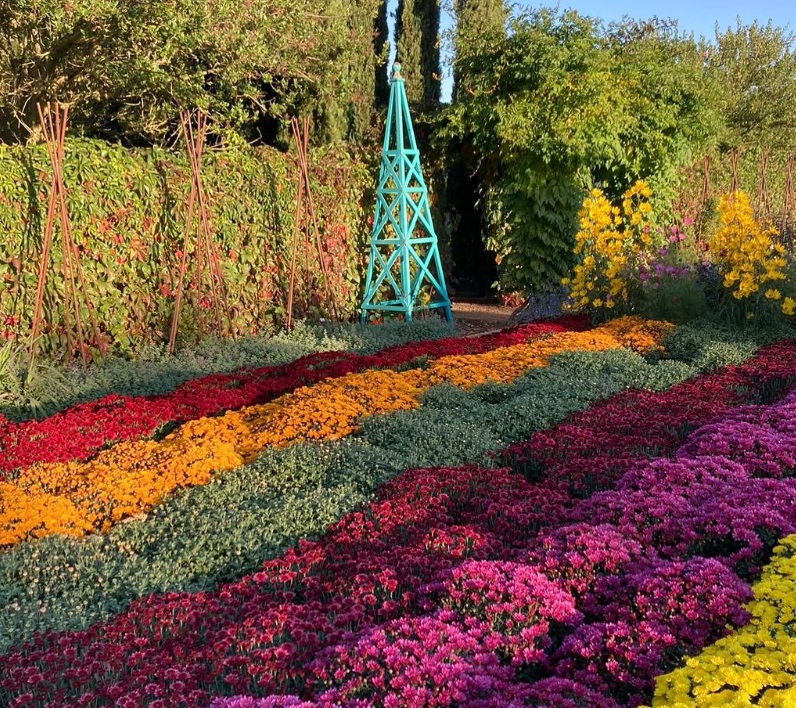Uncategorized
Chrysanthemums
My first meeting with Chrysanthemums was when I was a primary school boy in the early 1950s. My cousin Jack and I were friends, and I often visited his house which was near my school. Jack’s father, my uncle, was a superintendent of parks and gardens in a local municipality. He was also an exhibitor and a judge of the Northern Group of the National Chrysanthemum Society of the UK. One autumn day I was at Jack’s house when I saw my uncle, glasses on, peering closely at a disbudded Chrysanthemum bloom. Fascinated I watched this big grown up, a pair of small, snub-nosed, plastic tweezers in hand, ever so gently turning the odd errant petal, which was spoiling the perfect symmetry of the flower, into its rightful place so that it could stand a chance of winning a prize at the Northern Chrysanthemum show.

A few years later, I worked on Saturday mornings for another uncle whose main autumn-early winter cut flower crop was disbudded Chrysanthemums known by all and sundry as ‘Chrysants’. Disbudding allows for only one large flower per stem rather than a cluster of smaller flowers. During summer the Chrysanthemums were grown outside in large, whale-hide pots. The pots weren’t made of real whale hide but of thick, reinforced tarred paper. One of my jobs was to take a hose and fill each of the many hundreds of pots with water. During autumn, before the first frosts, the pots were taken into my uncle’s glass houses to replace the summer crops of tomatoes and cucumbers. Each glasshouse contained one variety of Chrysanthemum. Each plant’s stems were exactly the same height and all the flowers of any one variety bloomed at the same time.
My next Chrysanthemum adventure was at Paramount Nursery in the Melbourne suburb of Mount Waverley when I was twenty-eight years old. Ron Grosse, the owner, had built a large glasshouse dedicated to growing potted flowering Chrysanthemums the year round. Chrysanthemums will only flower as the days are getting shorter so Paramount Nursery would totally black out the growing benches to trigger flowering. As the varieties grown weren’t naturally dwarf varieties, chemicals were used to keep the plants compact.
Now-a-days, due to the work of plant breeders, naturally small-growing Chrysanthemums are available to gardeners. Every spring Lambley plants out beds of these autumn flowering jewels.
